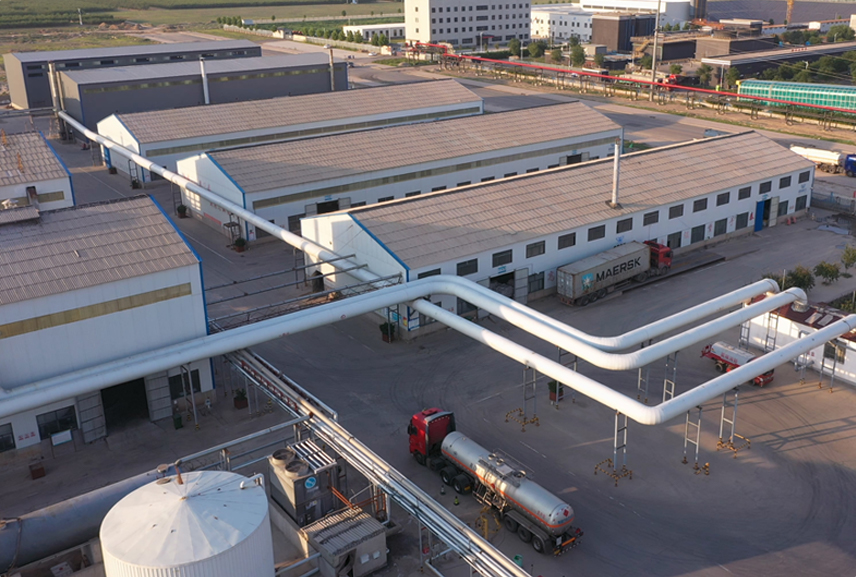The most notable property of HPMC is its effect on the performance of hand sanitizers. By enhancing the stability of enzymes and surfactants, HPMC helps to remove soil, stains and overall cleaning ability more effectively.
Product Details
As a thickener or viscosity modifier, viscosity reflects the comprehensive index of the hand sanitizer system. The appropriate viscosity of hand sanitizer can not only improve the appearance of the product, but also make the product have a certain stability. HPMC has a variety of properties such as thickening, foam stabilization, emulsification, and easy dispersion. It has good compatibility with various other additives, which can make hand sanitizers have good emulsification and foam stabilization, high light transmittance and safety.
As consumers are more and more inclined to choose environmentally friendly products, the hand sanitizer industry has also felt the pressure to reduce its environmental footprint. HPMC meets this demand, making the formula of hand sanitizer biodegradable and minimizing the impact on water systems and ecosystems.
Standard
| Item | Unit | Standard Specifications |
| Appearance | / | White powder, free flowing |
| Loss on drying | % | 4-6 |
| Residue | % | 3.5 |
| Methyl | % | 49-26 |
| Hydroxypropyl | % | 7-14 |
| Ph value(25C) | / | 6-8.5(neutral) |
| Gel temperature | ℃ | 60 degree/75 degree |
| degree of fineness | mesh | 100 mesh, >96%80 mesh, >100% |
| Apparent density | g/m3 | 0.4-0.6 |
| Proportion | g/L | 420-520 |
| Surface Tension(2%solution) | dyn/cm | 42-56 |
| Water retention | % | ≥92 |
| Light Transmittance | % | 65-90 |
| Carbonization temperature | ℃ | 280-300 |
| Discoloration temperature | ℃ | 190-200 |
Packaging and Shipping
Packaging and storage: 25 kg/bag
FAQ
Regarding the relationship between viscosity and temperature in HPMC (HPMC viscosity), what should be noted in practical applications?
What are the differences between HPMC and MC?
What are the formulations for interior and exterior wall putty powder?
What is the application of HPMC in putty powder, and what causes the formation of bubbles in putty powder?

Related Products

Get in Touch
Interested in how our HPMC can enhance your personal care formulations? Contact us to request a free sample and experience the superior quality of our cellulose ether products.
Related News and Blogs
24
Aug., 2024
Let's meet Indonesia Coatings Exhibition 2024
The 10th Paintistanbul & Turkcoat Fair will be held at the Istanbul Exhibition Center in Turkey from May 8th...
19
Nov., 2021
What Causes A Cracked Putty Layer?
The one-off scraping thickness of the putty is directly proportional to the curing shrinkage strength, which increases in proportion to the tendency of the putty to crack.
04
Nov., 2021
Whether you are carrying out small repairs or building walls, knowing how to mix the mortar needs to be precise. If the mortar is too dry, the blocks will not stick together properly. If it is too wet, flowing mortar can spill out of the joints, resulting in wasted time and materials for clean-up.
25
Oct., 2021
The Effect of Winter Construction Temperature on Tile Adhesives
As we all know, tile adhesive is generally made from cement and mixed with various additives. It is mixed with water at the construction site and then applied to the wall or floor.

Get in Touch
Interested in how our HPMC can enhance your personal care formulations? Contact us to request a free sample and experience the superior quality of our cellulose ether products.